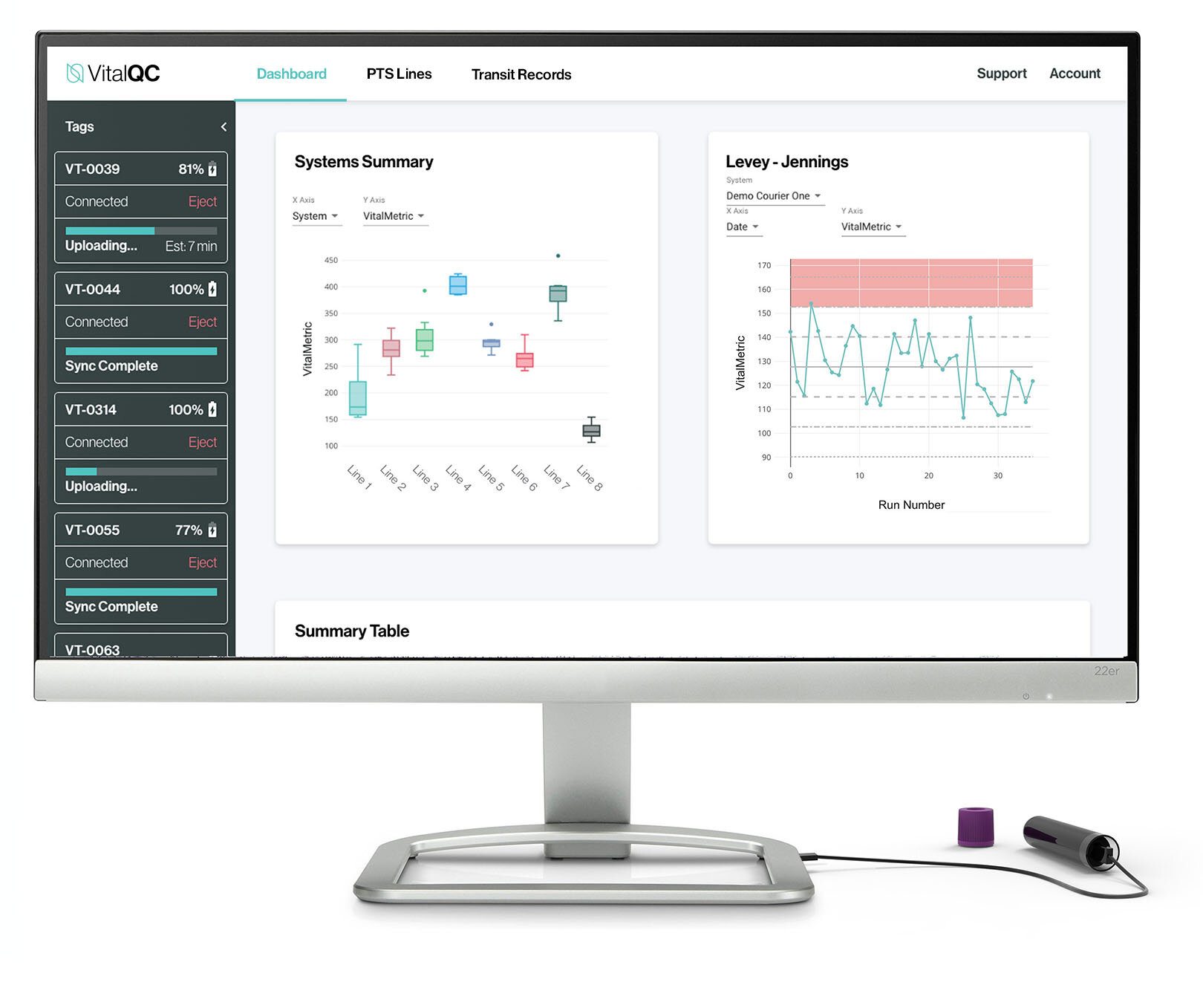In the time between blood sample collection and diagnosis, most samples are subject to pre-analytical hemolysis
Over 75% of mistakes happen in the pre-analytical phase, before the sample even reaches the lab. This large error rate sets the lab up for failure and results in many samples being rejected from analysis.
Sample rejections cost a typical hospital millions of dollars each year and result in poor patient care.
“The pre-analytical phase remains the Achilles’ heel of clinical chemistry.”
- Delanghe 2016

Rejected samples and delayed diagnosis impact patient safety, hospital efficiency, budget, and reputation.
$1.2 M
Cost to the Hospital
In 350-bed hospitals, over 2 million blood samples are taken per year (a).
The average cost of one pre-analytical error ranges from $53 to $85 (b).
VitalQC offers hospitals annual savings of at least $20,000 - $33,000 in consumables, including vials and reagents.
2.5 years
Increased patient stay
Up to 7,000 hours were added to patient care time in a 350-bed hospital as a result of pre-analytical errors in blood samples (b).
VitalQC offers the opportunity for more productive tasks to be completed by lab staff.
Establish best practices for all hospitals.
(a) Streichert, T., Determination of Hemolysis Thresholds by the Use of Data Loggers in Pneumatic Tube Systems, American Association for Clinical Chemistry, 2011.
(b) Green, S. F., The cost of poor blood specimen quality and errors in preanalytical processes, The Canadian Society of Clinical Chemists. Published by Elsevier Inc., 06, 2013.
The number one cause of blood sample rejection is hemolysis.
Up to 70% of blood samples are unsuitable for clinical diagnosis due to hemolysis.
Sample rejections due to hemolysis are caused by:
Pre-analytical variability
The patient, the specimen collection, and the specimen preparation
Sample transport
Vibration forces, temperature changes, and other transport variables
Lab Analyzer
Analyzer instrument and hemolysis cut-offs
You know your analyzer, but you don’t know your transport system.
Transport systems are like a black box.
Transport vibration is the number one pre-analytical factor causing hemolysis in blood samples
VitalQC was developed to measure and quantify transport conditions and
translate those into hemolysis index and sample rejection probability.
We open the black box.
“Your value is not in testing pneumatic tube systems. Your value is in testing the entire supply chain.”
- Clinical Scientist on VitalQC

VitalQC helps users establish validation criteria and repeatably verify against them.
Resources
Learn how VitalQC helps save scarce resources in white papers, case studies and scientific publications.








